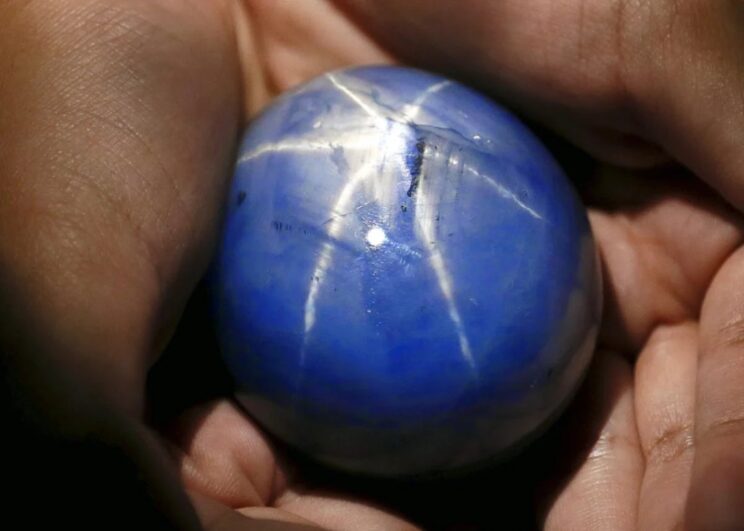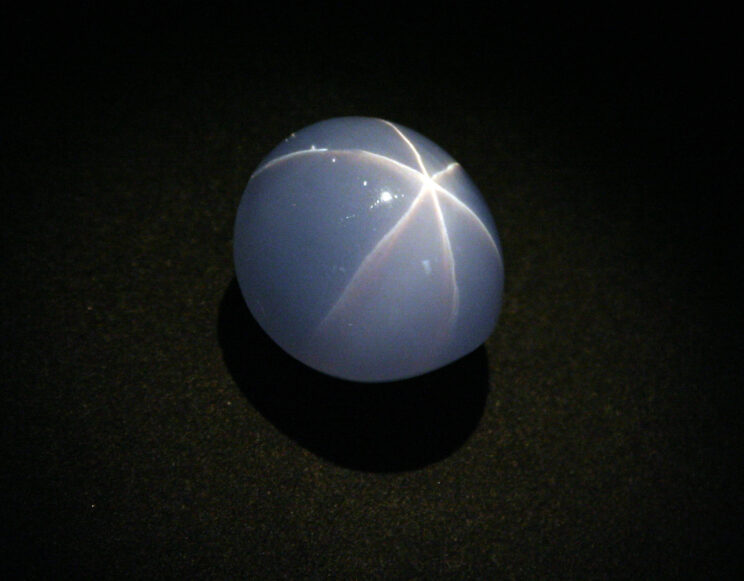In all these years of trading we learned that every ornament through history doesn’t only represents a market value but also history, culture, a personal journey or symbol. Every item in our personal life could represent a meaning, a moment or a person, accessories can also be a way to define our identity or send a message while presenting to others.

Fashion is part of our cultural identity and we thought that sometimes is interesting knowing the history of where these accessories come from and perhaps how they evolved through time. So we decided to make a little gossip column about everything jewellery, with simple articles on what we believe is interesting or worth chatting about.
Star Sapphire
Star sapphires have a long history of being coveted as very unique gemstones. Their magical feature is asterism: the term asteria (which has been adopted as it is from the greek word aster ἀστήρ – a star) was used various times by the acient writers in different senses, but always with reference to a stone that exhibits a play of light upon its surface. Star stones require the art of the lapidary. The optical phenomenon of asterism is revealed when a bright light is reflected from the surface of the stone.The star effect is called asterism. It’s caused by reflections from tiny, needle-like inclusions (silk) that are oriented in several specific directions. Stars are usually made up of 4, 6, or (rarely) 12 rays.
The six milky-white rays appearing from light reflecting float like an astral body over the
blue depths and affect us as one nature’s major marvels.
It is not often that star sapphires are seen at the center of legends, as their beauty and mystical appeal is unmatched. The stones are said to impart deep spiritual enlightenment and inner peace on those they touch. According to a legend, Helen of Troy owned a large star sapphire, which was believed to hold the key to her desirability.
In Medieval Jewish, Islamic, and Christian legends, King Solomon had a magical ring known as the “Seal of Solomon.” According to legend, it was an inscribed sapphire, which gave him the power to command demons and speak to animals. Not hard to immagine that it could have been a star sapphire.
King Solomon is said to have used the magic of sapphires from the island of Sri Lanka to seduce the Queen of Sheba.
These precious gemstones are rare and each uniquely beautiful, some become legendary. They are set apart for their size or unmatched beauty or their stellar provenance. Here some…
The Star of Bombay
Discovered in Sri Lanka in 1930s, is a beautifully clear violet-blue star sapphire with lovely asterism, weighing in at 182 carats. The stone was acquired by actor Douglas Fairbanks as a gift for his wife, silent screen legend Mary Pickford.
The actress adored the ring and wore it during her lifetime. Upon her death she bequeathed the Star of Bombay to the Smithsonian Museum where the extraordinary specimen has been on display ever since. Fun fact the popular British gin brand Bombay Sapphire originates its name from from the gin and tonic popularised by the Royal Indian Armed Forces: “Bombay” refers to the Indian city and “Sapphire” refers to the violet-blue Star of Bombay which was mined from Ceylon (Sri Lanka), and is now on display at the Smithsonian Institution.
The star of Adam,
discovered in 2016 in the Ratnapura region of Sri Lanka, known as the Land of Gems. Certified with a weight of 1404.49 carats and is valued up to $300 million.

The star of India
Discovered in Sri Lanka, the grey-blue star sapphire weighs in at 563.35 carats, is almost flawless and quite unusual in that it has stars on both sides. In preparation for the Paris Exposition of 1900, financier J.P. Morgan commissioned gem expert George Kunz to acquire an impressive gem collection, The Star of India was one of the marvelous pieces that Kunz found.
After the exposition the gem was donated to the American Museum of Natural History.

Do you have something to say on this topic? Share opinions or information? Join the conversation on Instagram








